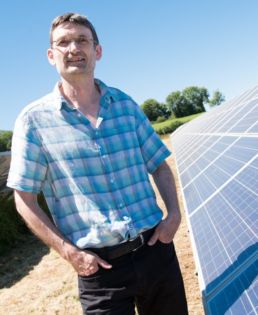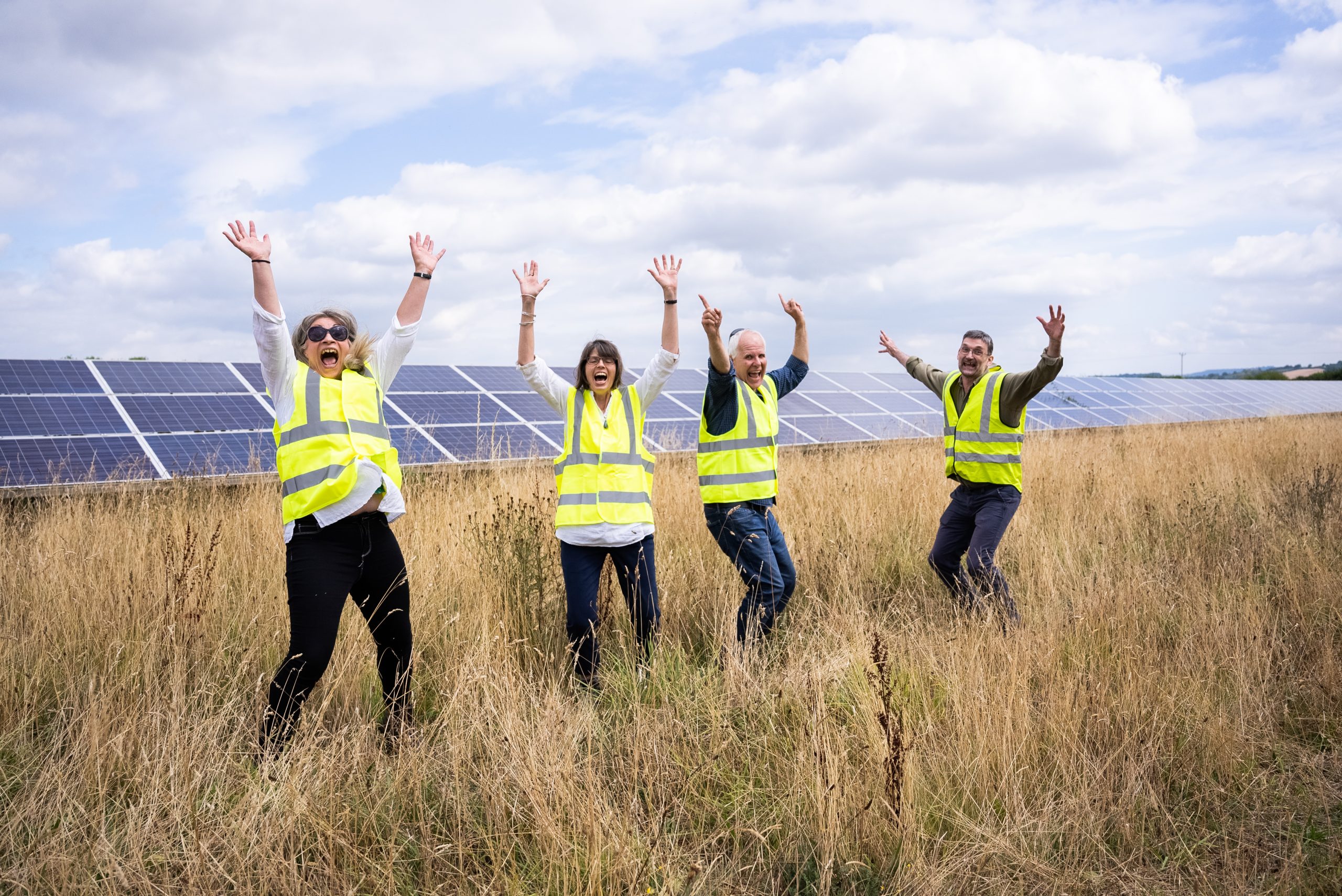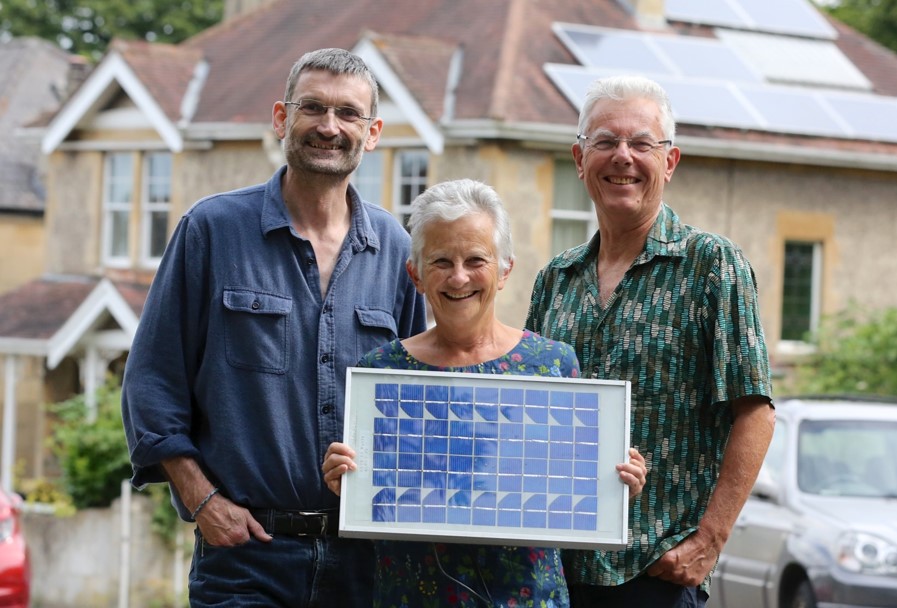
BWCE’s Managing Director Pete Capener reflects on COP26 and the role of Government and community energy in the energy transition.
So, the big event came and went with some positive announcements around intentions and goals. However, the commitments made were not enough to meet the objective of keeping global temperature rise to below 1.5oC.
Just as worrying, are the serious questions that remain about the short-term policy commitments necessary to meet these aspirations for climate mitigation and finance for vulnerable countries. Ultimately, it will be actual policy and practice that will determine our success in retaining a liveable climate for our children and grandchildren.
Over the next 5-10 years, from an energy perspective we will need to see rapidly increasing electricity demand, as we switch away from fossil fuels for heating our buildings and for transport. We also need a reduction in overall energy demand. This will necessitate rapidly increased levels of renewable energy, together with storage and behavioural changes during peak times to reduce pressure on our grid network. At the same time we must minimise our impact on the natural world and ensure an equitable energy transition.
The level of change required to deliver all this over a relatively short period will be significant and will be difficult to implement without far greater community consent, support and active participation.
Of course this is where community energy and organisations like BWCE can play a role. By placing democratic control, shared benefit and active participation at the centre of project delivery, community energy can help underpin the significant infrastructural and cultural change that we need to reduce the impact of climate change and increase our energy security.
So, has COP 26 or any of the government announcements in the run up to it, strengthened our ability to deliver?
A recent Environmental Audit Committee report came up with a few positive and constructive recommendations for the UK government that would help scale and mainstream community energy. In his response to the committee, the Secretary of State said the government’s net zero strategy when it came out would provide a plan for community energy.
The net zero strategy, published just before COP 26, did little for community energy. Beyond re-establishing the Community Energy Contact Group (a government advisory group), the strategy is silent on how government sees community energy supporting the transition to net zero. Given the speed with which we need to act, this is a massive, missed opportunity.
We wonder how long it will be before those in power realise that significant change can’t be delivered without the active involvement and support of local communities, businesses, and households. There is much government could do to support community energy if they were so minded. See here for some ideas.
Fortunately, at BWCE we weren’t relying on central government support, although It would have helped things to go much faster.
Regardless, there is so much that we, and you, can still do.
- We are developing a strong pipeline of new community owned renewable energy projects that could more than triple our current capacity over the next few years, if all projects get built
- We are creating new ways of selling our electricity to generate greater local value and buy in
- We are supporting innovative new approaches to household energy demand management
- We are trying to find powerful new ways of telling the community energy story that can better engage and motivate local action
Please tell us what you think of what we do and how we can be more effective by completing our Impact Survey.
And help us to be stronger, join our Supporter’s Network, help us find new projects and talk to your friends and family about our work, help us spread the word!
Together we can still make a difference.


